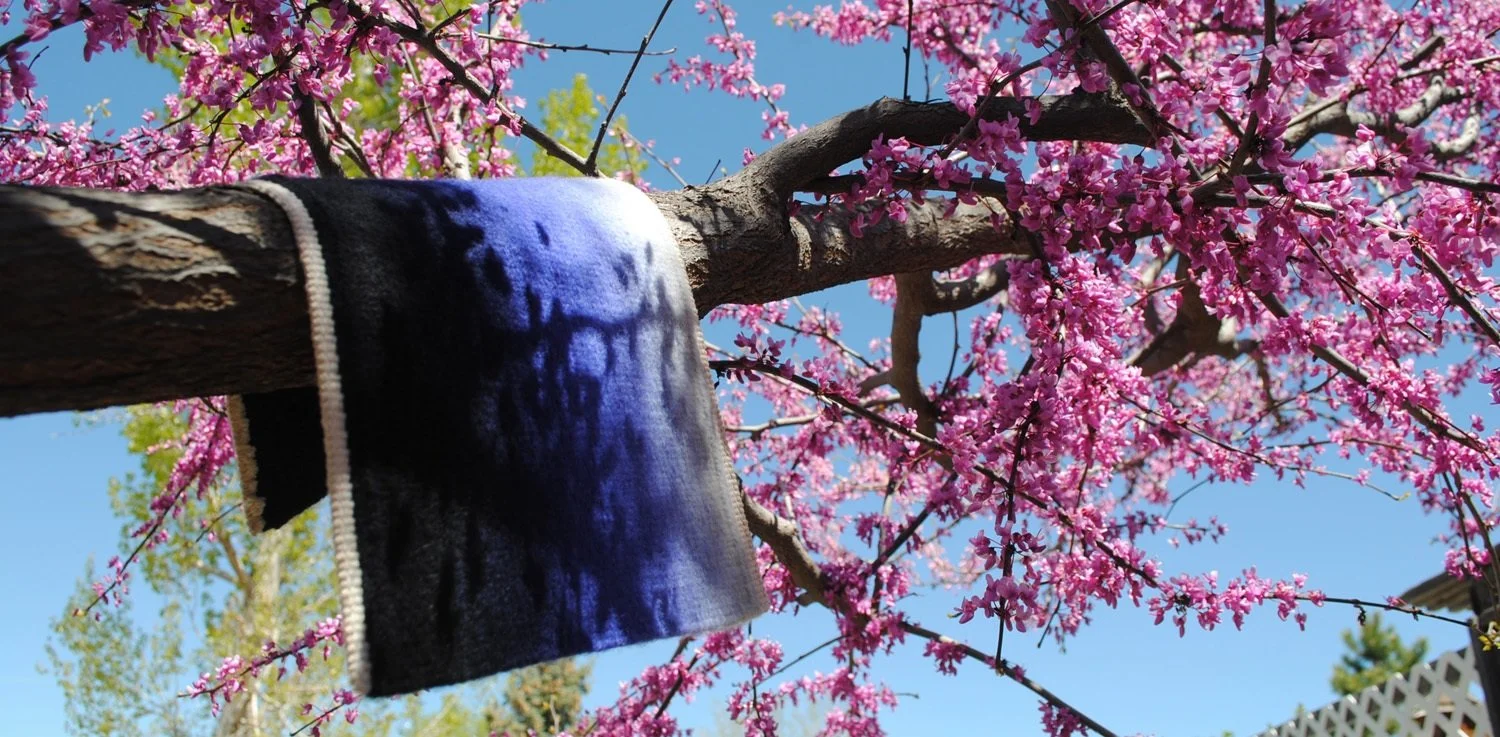Sometimes when I am really looking forward to a book written in the UK, I order it from there. Threads of Life by Clare Hunter was one I wanted to read and so in 2019 when it was first published in the UK, I bought the hardcover version. Which of course completely explains why I just finished reading the book I couldn’t wait to read so much I had it shipped from Europe in late 2021.
On the plus side, it is marvelous to read the book in the language it was originally written in. Because they change things for the US versions. Did you know this? There is an English translation for the USA. I don’t know if this is always the case, but it was true of James Rebank’s books. I have also bought his books in the UK version because they Americanize the language and in his case, even change the title (!) for the US version. Can Americans not learn how the British say things? Isn’t it good for us to remember that color can be spelled with a U in it and that the particularly British turn of phrase is fun to come across? Aren’t we smart enough to read books which are, for heaven’s sake also written in English, exactly as they were written?







